Nothing ruins a relaxing day in the backyard more than the buzzing and biting of mosquitoes. Worldwide, there are over 3,500 types of mosquitoes, 200 of which live in the United States. The most common way to keep mosquitoes at bay is to use chemicals either in your yard or on you and your clothing. You can also move to Iceland or Antarctica where mosquitoes aren’t able to breed.
But, if you have a green thumb, there are plants that repel mosquitoes and will let you reclaim your outdoor summer happy place.
Mosquito Repellent Plants
Mosquitoes are fussy about odors. Growing mosquito repellent plants is a clever way to make your yard uninviting while adding wonderful scents to your patio area and even delicious flavors to your cooking. Here are some plants that will add natural beauty to your yard while keeping those pesky mosquitoes away. And, you might even attract some butterflies and hummingbirds!
Lavender
Lavender is a perennial plant that has a wonderfully relaxing scent. It comes in multiple varieties and blooms from summer through fall. And, once the flowers are past their prime you can bring them indoors and create a potpourri.
Marigolds
These easy-to-grow annuals make a great border plant and also do well in pots that you can place around your patio and near your door to keep mosquitoes away. They are also a good companion plant to some vegetables including tomatoes.
Eucalyptus
Eucalyptus is a fast growing plant that can reach 30 feet. Used in floral arrangements, it has a menthol aroma that repels mosquitoes. If you don’t want a 30 foot plant in a small space, just keep pruning it and bring it indoors where you can hang it in your shower for an invigorating experience.
Catnip
Your cat will love you for planting these hardy perennials. Their leaves contain a chemical called nepetalactone which is supposed to be more effective than DEET at repelling mosquitoes. They have a lovely purple flower and are notorious spreaders. When there spread becomes too much, just transplant some to a new area for added mosquito protection.
Lemongrass
Lemongrass is one of the most commonly used ingredients in natural mosquito repellents. These plants do not withstand a frost, but if you plant them in large containers, they can be brought indoors.
Bee Balm
Bee balm is a perennial that will not only repel mosquitoes but bring bees, hummingbirds, and butterflies to your outdoor environment. It comes in red, purple, pink, or white and grows up to four feet tall. Some people make tea from the leaves.
Rosemary
Rosemary is a delicious herb with a woody scent. They are considered a tender perennial as they do not always survive winter. Plant them in containers and bring them inside for winter so you can continue making tasty meals with its leaves. If you live in a warmer climate, these plants will grow into bushes that can be pruned into shapes of all kinds.
Basil
Add to your cooking herbs by planting basil. Its pungent smell will turn mosquitoes away. You can plant these annuals directly in the ground or in containers. The more you clip their tops, the bushier the plant will grow. It is best to harvest all the leaves before the first frost as they will not survive.
American Beautyberry
American beautyberry is a larger shrub that can grow up to six feet high and wide. It has delicate, tiny berries that straddle the stalk. One nice thing about this plant is that the berries are present through the winter so it adds color to your yard when all the other plants go bare. But beware, deer love to eat these plants.
Sage
Another herb, sage is a perennial that has beautiful silvery green leaves. Left outdoors to winter over, it will come back more shrublike the following year.
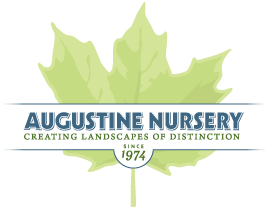

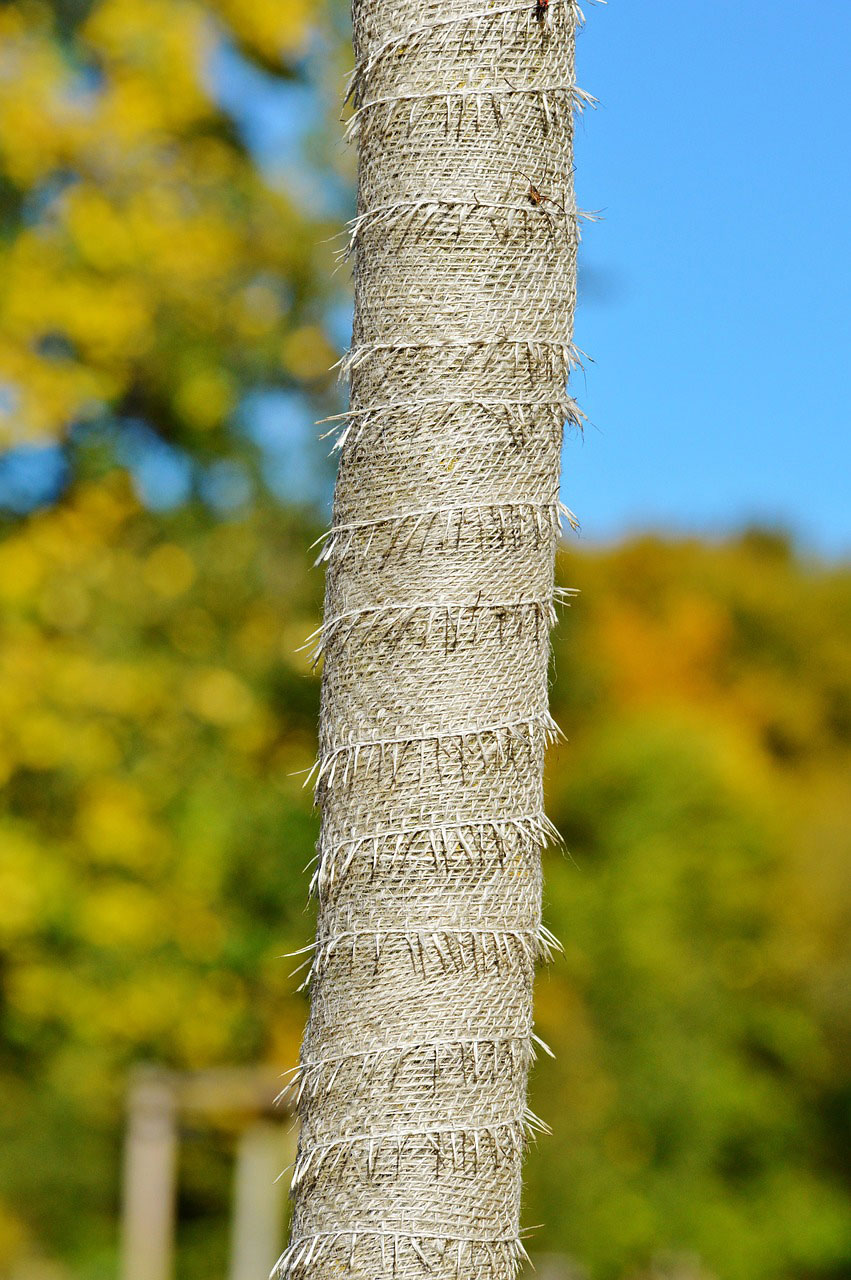 Here are some solutions to these pesky creatures:
Here are some solutions to these pesky creatures:
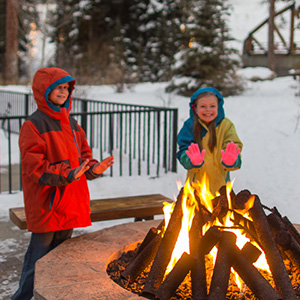 Light a Fire: Outdoor fireplaces and fire pits are perfect in winter temperatures. It’s surprising how much heat they generate. A family gathering round the fire with blankets and mugs of hot cocoa provides a great setting for holiday cheer and memory-making.
Light a Fire: Outdoor fireplaces and fire pits are perfect in winter temperatures. It’s surprising how much heat they generate. A family gathering round the fire with blankets and mugs of hot cocoa provides a great setting for holiday cheer and memory-making.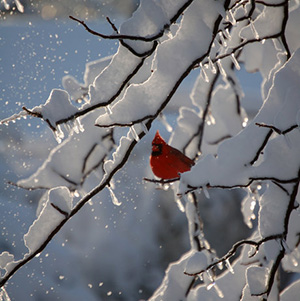 Feed the Birds: Winter birds will grace your yard all winter long if you hang a birdfeeder. It adds instant beauty to any window view, especially in winter. Bright red cardinals, blue jays, chickadees, nuthatches, and woodpeckers are among the beautiful feathery friends you can count on if you feed on a regular basis. Black-oil sunflower seeds, nyjer seeds and suet cakes are favorite foods of winter birds. Download the app – Merlin Bird ID. It does an amazing job at identifying birds and also provides images, sounds, and a bit about the bird itself.
Feed the Birds: Winter birds will grace your yard all winter long if you hang a birdfeeder. It adds instant beauty to any window view, especially in winter. Bright red cardinals, blue jays, chickadees, nuthatches, and woodpeckers are among the beautiful feathery friends you can count on if you feed on a regular basis. Black-oil sunflower seeds, nyjer seeds and suet cakes are favorite foods of winter birds. Download the app – Merlin Bird ID. It does an amazing job at identifying birds and also provides images, sounds, and a bit about the bird itself.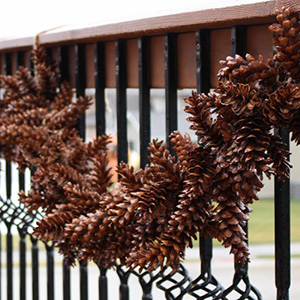 Decorate with Pinecones: Gather pine cones from your yard and bring some of your yard indoors with you. It’s easy to make scented pinecones. Here’s how: Soak them in water for an hour. Pop them in a 200 degree oven for 30 minutes. Once cooled, place them in a zip lock bag and sprinkle about 30 drops of your favorite essential oil inside the bag. Seal the bag and give it a good shake. Then let the bag sit for about a week so the pinecones can soak up the oils.
Decorate with Pinecones: Gather pine cones from your yard and bring some of your yard indoors with you. It’s easy to make scented pinecones. Here’s how: Soak them in water for an hour. Pop them in a 200 degree oven for 30 minutes. Once cooled, place them in a zip lock bag and sprinkle about 30 drops of your favorite essential oil inside the bag. Seal the bag and give it a good shake. Then let the bag sit for about a week so the pinecones can soak up the oils.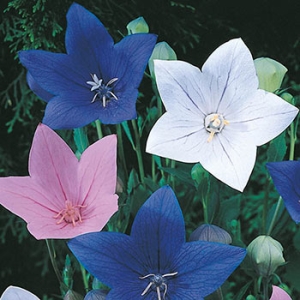




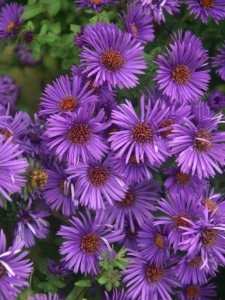



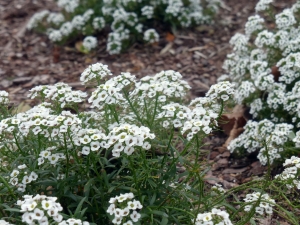
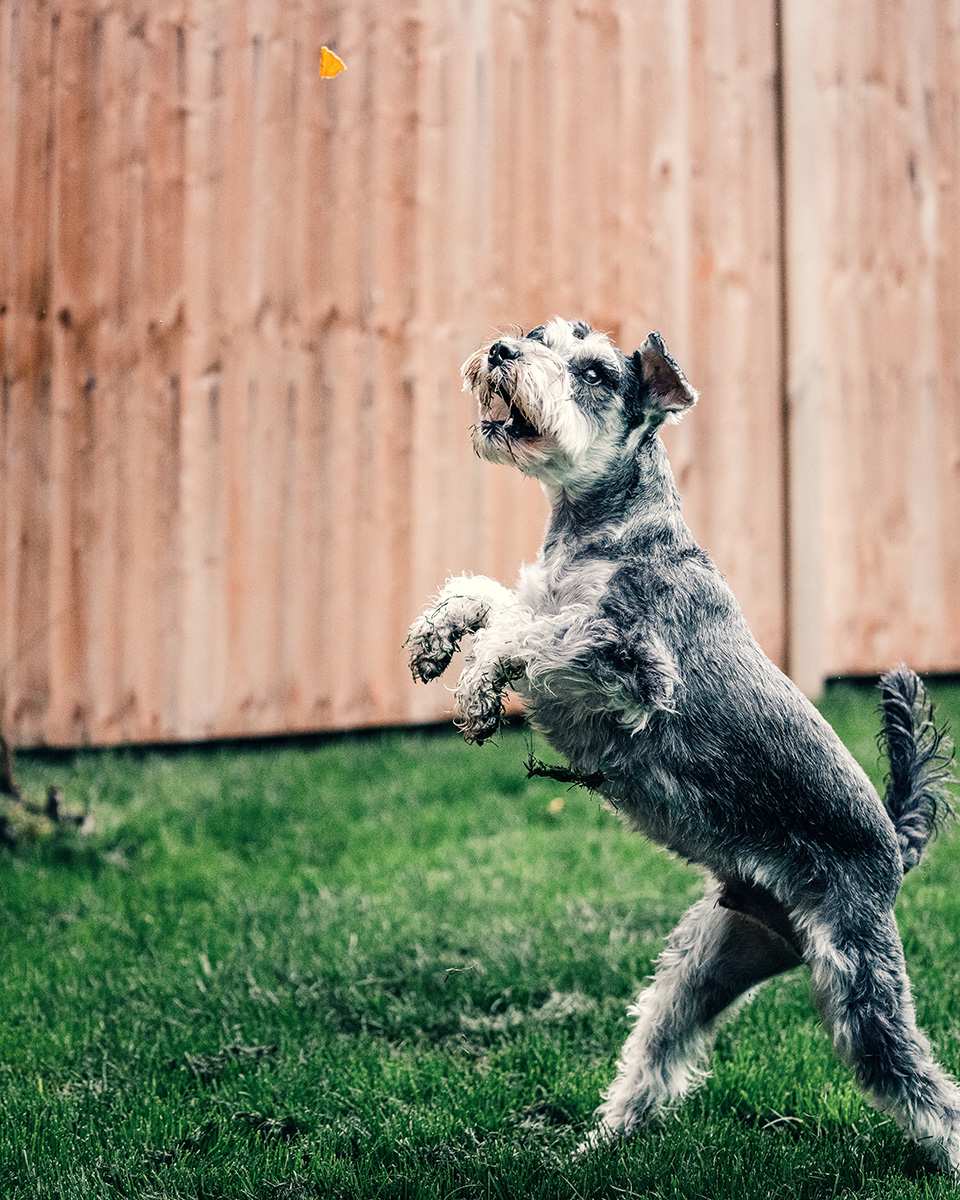

 #AugustineNursery
#AugustineNursery






 Stop in to check
Stop in to check

 Open 7 days a
Open 7 days a 




 $5 for
$5 for 




 Hope you’re
Hope you’re


 $5 Friday will feature a
$5 Friday will feature a